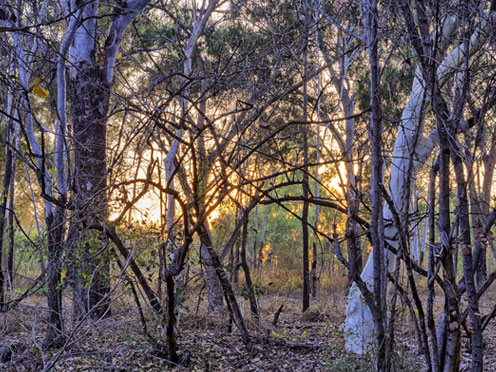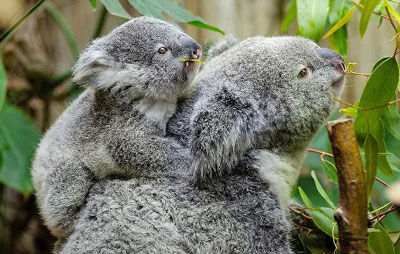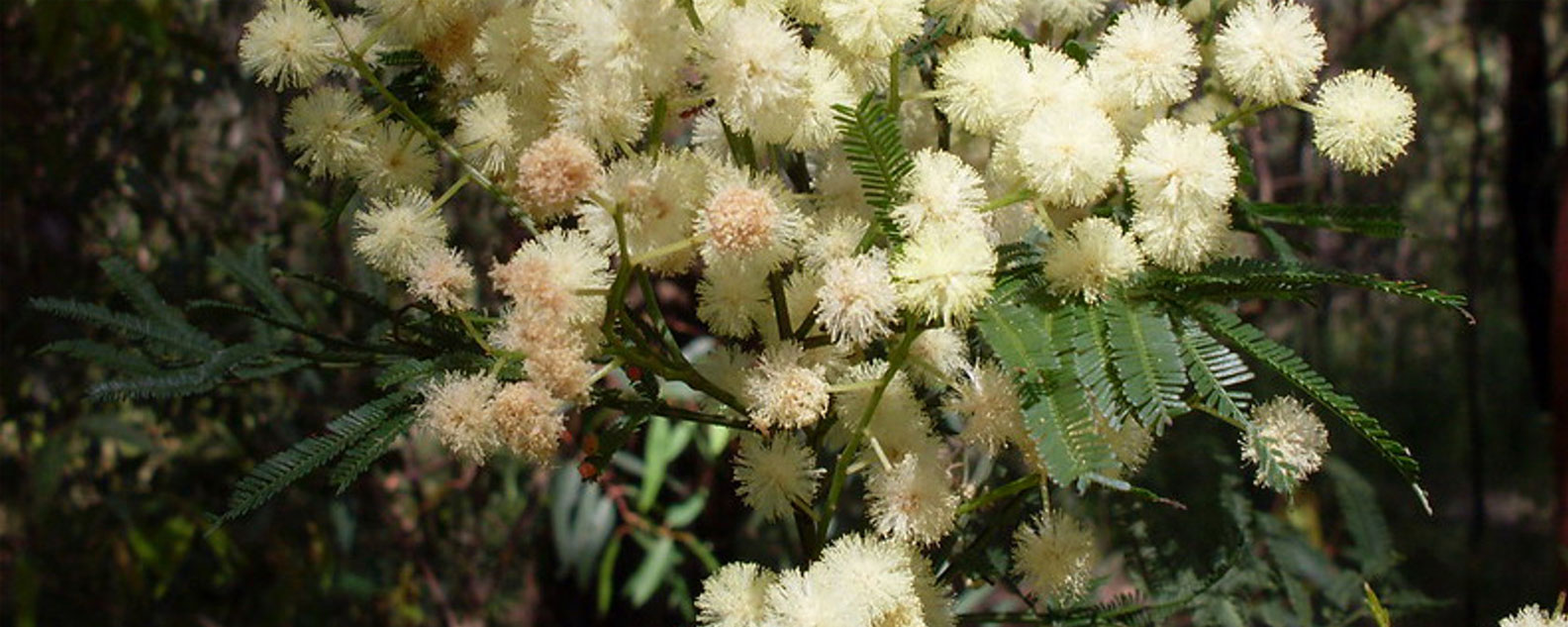Links to New South Wales Curriculum
Stage 2 Geography
A student examines differing perceptions about the management of places and environments (GE2-3)
Stage 2 Science
A student compares features and characteristics of living and non-living things (ST2-4LW-S)
A student investigates regular changes caused by interactions between the Earth and Sun, and changes to the Earth’s surface (ST2-10ES-S)
Literacy
Numeracy
Information and Communication Technology
Critical and Creative Thinking
Personal and Social
Ethical Understanding
Intercultural Understanding.
Aunty Lee
Lee Carr (Flannel flower and Superb fairy wren totems) is a proud Wiradjuri (goanna totem) woman with traditional links to the Bathurst Plains region. Her interests include gardening, traditional weaving and Wiradjuri Language.
In her career, she has taught in schools from Kindergarten to Year 6 as a classroom and EAL/D teacher and from Years 7–10 as an English, Science and Aboriginal Languages, Culture and Heritage teacher. She has also taught Aboriginal Language at TAFE.
Aunty Lee works as an Aboriginal Educator Officer at the Royal Botanic Garden Sydney, as a university lecturer, and as a consultant sharing Wiradjuri Language and Aboriginal Culture and Heritage knowledge with students and community members.
The views Aunty Lee shares on these pages are her own. Where she has shared knowledge or described Aboriginal cultural practice other than her own Wiradjuri, which she learnt from her grandfather, other family or community, the appropriate permissions have been sought where possible.
Sydney golden wattle and fishing for mullet
Knowledge source is Lee’s Grandfather, a proud Wiradjuri man and a keen fisherman
Background Knowledge
Students should have a prior understanding of the difference between climate, weather and seasons, recognising that the major difference between weather and climate is time.
Food security is determined by access, availability, appropriate use and stability over time. Australia’s First Peoples employed practices which ensured their food security, including eating seasonally. Emphasis should be on the observational changes in weather and in flora and fauna.
Special carers for special occasions
Each person with a particular plant or animal as their totem is the designated 'carer' of that totem with the particular responsibility of ensuring its protection. All Burramattagal people had this responsibility to care for and protect the eel. In the case of the annual feast/celebration, a particular individual or group would have been designated. They would ensure both overpopulation and depletion of the natural stock were avoided by only taking older male eels and returning the others (young males and all females) to the river unharmed to ensure not only the sustainability of the species but the health of the river ecosystem as well.
Note: Even though some sources say Burramattagal would have eaten eels, they were their totem, and as such would not have done so.
Lean more about the Burramattagal people of Parramatta
Do you know about the history of the Parramatta Eels?
Plants respond to environmental factors throughout the year, making them important indicators of seasons. The number of seasons can vary, sometimes exceeding four in a year. The Gadigal, known for their fishing skills, relied on seasonal indicators to determine when different seafood species were available for harvesting.
Additionally, Aboriginal society has specific roles and responsibilities linked to plants, animals, and the natural world. These aspects of the macrocosm are called totems and their associated roles are based on ancestral teachings and traditions passed down through generations since the Dreaming. Totems play a significant role in guiding Aboriginal Peoples' interactions with their environment, totem, and each other, with specific rules and lore governing these relationships within the community and the natural world.


